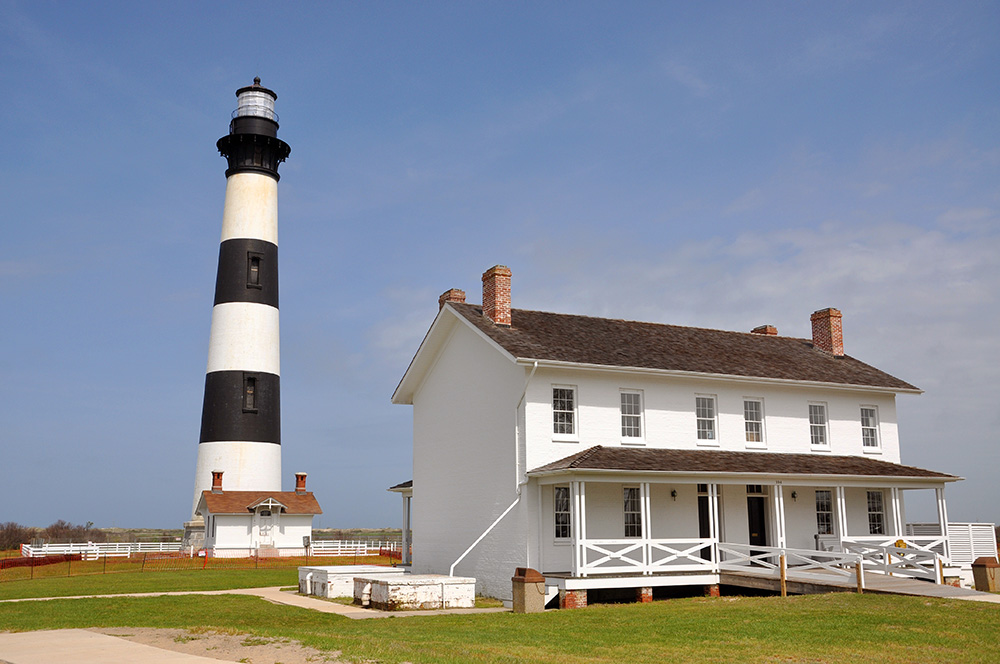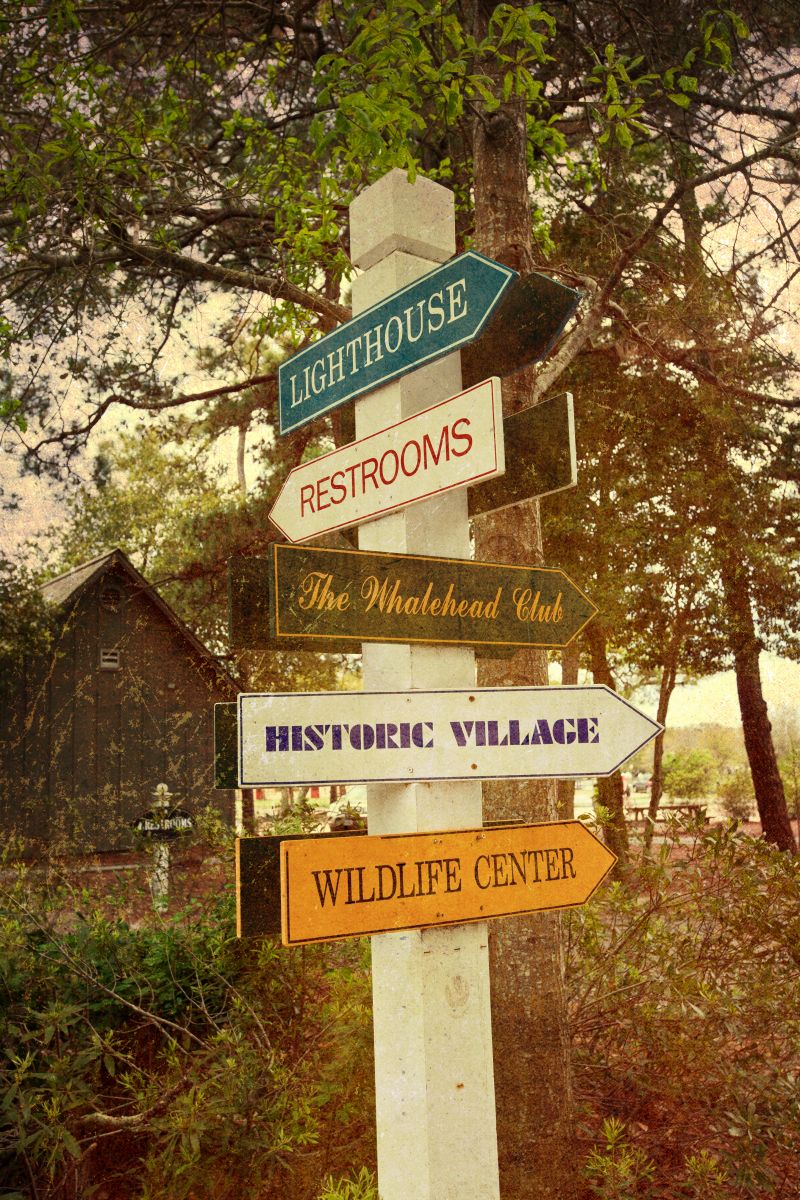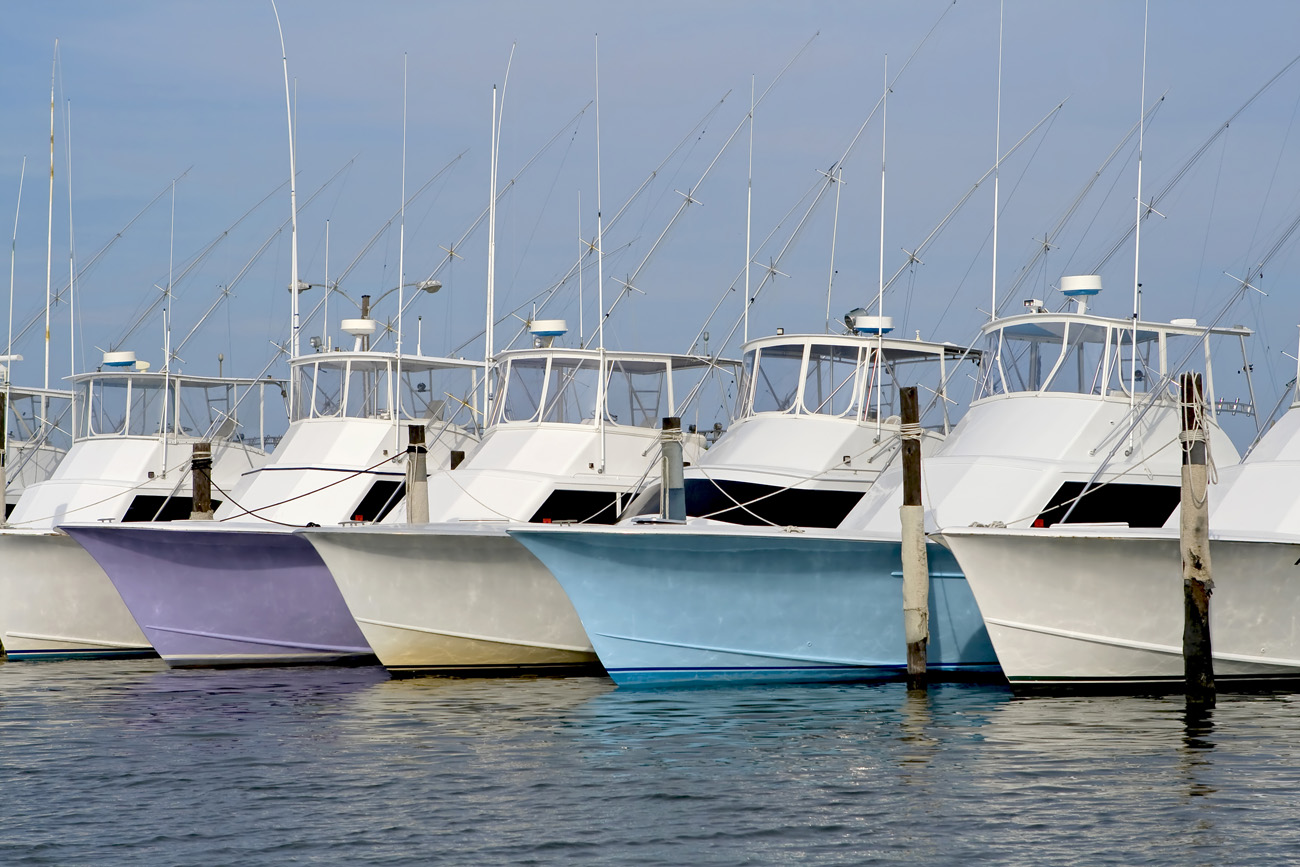The Outer Banks is rich in history, lore, and legend. And it’s also home to some equally strange names. So what’s in a name? This article will take a look at some of the strangest names on the Outer Banks, along with how they came about.
The Graveyard of the Atlantic
You may have heard the Outer Banks referred to as â??The Graveyard of the Atlanticâ??. This moniker came about due to the more than 600 shipwrecks that occurred just off of our coast. Though the Outer Banks contains no natural rock formations, the constantly moving water, unpredictable currents and shifting sands is a sailor’s worst nightmare. Sand is capable of ripping a boat open just as easily as rocks can. When you add to that a channel that was open last week might be closed today, you can see how dangerous these shores truly are. This is one of the reasons, the Outer Banks had several lighthouses , to guide the ships to safety. Fortunately, thanks to modern technology and advances in navigation, shipwrecks are far less common today.
Nags Head
The story of Nags Head is one of our favorite Outer Banks legends. During the golden age of piracy, some pirates suffered the same fate due to the Graveyard of the Atlantic and were shipwrecked here on the island. Not wanting to give up their pirating ways, but stuck here without a boat, they devised a new plan for plunder.
They would tie a lantern to the head of a horse (a nag) and walk it up and down the beach. This simulated a lighthouse or sometimes even a ship in trouble. Either way, a ship at sea would make its way towards the light and then wreck on the shoals of the Outer Banks. The land pirates would come to loot the ship. Most often, the shipwreck victims were free to go, since there was no way to leave without a boat. Today, we call these people ‘land pirates’ but in their own day, they were called ‘wreckers’.
Kill Devil Hills
There are several legends about the origin of this unusual name. But two in particular stand out. The first one is a kind of folk tale. It tells the story of a man who managed to trap the devil between the hills. Then he told the villagers that he ‘killed the devil in the hills’.
The second story is based around rum. Because of the all the shipwrecks, things were constantly washing up on the beach. The locals used to say the ocean made more reliable deliveries than the post office, and it made them twice a day. This particular day in the early 1800’s, a delivery came in from the Caribbean in the form of bottles of rum. Rum was a rare treat for the locals, since sugar was impossible to grow here at the time. This rum however, was dark and strong. So strong that people who drank it said it could kill the devil himself.
Jockey’s Ridge
There are many theories as to the origin of the name ‘Jockey’s Ridge.’ However, there is one story which is more popular than the others. The name dates back to at least 1753 when it appeared in a grant given to John Campbell. The original name then was ‘Jockey’s Hill’.
The name itself is believed to have come from the practice of catching the wild ‘banker ponies’ and racing them on the flats at the base of the giant hill. People sat on the ridge itself like bleachers, in order to watch (and bet) on the races.
Bodie Island 
Pronounced ‘body’ this is the home of the lighthouse with the straight horizontal stripes. Some say the island was named after a keeper who used to work there by the name of Bodie. However, official records of a keeper with that name have yet to turn up.
The other theory has a much darker tone. Because of the unusual swelling currents around this island, locals say it’s where the bodies of shipwrecked sailors would wash up after a storm. Even though there have been no bodies found there in the modern age, unusual things do wash up there such a sand dollars, sea stars, and exotic fish. It’s a great place to beachcomb.
Kitty Hawk
This is one is a little less straightforward than the others. It’s believed to originate from the Native American word “Killy Honk”. This word refers to the perfect time to hunt geese. Geese were a staple of Native American, colonial, and early American diets.
Duck
Yes, this town IS named after the animal we know today. But do you know why? In the 1920’s, duck hunting was all the rage. People flocked to hunting clubs such as the Powder Keg Club or the Whalehead Club specifically to hunt ducks. These clubs not only provided the lodging, but also owned vast expanses of land so their patrons could hunt ducks in private. Back then, the skies were known to turn black from thousands of ducks in the area. It was a Duck hunter’s delight.
Eventually, Duck hunting fell out of favor. The surrounding land was sold to private developers. The Whalehead Club was turned into a museum focusing on the 1920’s, and the Power Keg club was turned into Duck’s Cottage (coffee and books.) Though no one hunts ducks in Duck today, the name stuck as a nod to the past.
Corolla 
Though it’s common to think of the Toyota car when you here this name, this town wasn’t named after the car at all. Ka-Rah-La, as is it pronounced was known early in its history as part of a number of small towns and villages collectively called the â??Currituck Banksâ??. Currituck is located on the mainland and is derived from a Native American word for â??land of the geeseâ??. When the residents decided to become a ‘real town’ all their own, they submitted ideas to the local post office. The winning idea was to name itself after a cluster of flower petals located on the same flower, also known as a ‘corolla’ of petals.
Wanchese
Wanchese is a fishing village near Manteo. If you veered left when you reached the light instead of going right to Manteo, you’d be in Wanchese. The real Wanchese was a native American Chief. At first, he, like Manteo, welcomed the colonists. He was even presented to the Queen.
Then, after an attack that resulted in the death of his son, he decided the colonists were enemies. Still, we honor him today and the good will he showed us in the beginning.
Manteo
Manteo the town is our county seat. Manteo the person was a Native American Chief. When the colonists first arrived, he welcomed them. His assistance was invaluable to the colonists’ survival on Roanoke Island. He even made the trip to England and was presented to the Queen.
Manteo continued to be a friend to the colonists long after they and Wanchese had a falling out. Some people speculate that when governor White’s ships didn’t return in time, the colonists went to live with Manteo’s tribe. That is one theory on how the Lost Colony disappeared.
Oregon Inlet
Many people think was named after the state or the trail. However, Oregon didn’t become a state until 13 years after the inlet was named. So where did the name come from? In 1846, a fierce hurricane trapped a ship called ‘The Oregon’ in that area. There was no inlet there yet, and no bridge. However, there was a treacherous sandbar, and shallow channels that would rip a boat to pieces.
With no where to run and giant swells bearing down, The Oregon looked like it was going to be another victim of the Graveyard of the Atlantic. Then, a miracle happened; the combined force of the hurricane and the swells opened a passageway into the sound and pushed the Oregon through. Now that they were in the shallower, calmer water, the lucky ship was able to wait out the storm in safety. The inlet was named after the Oregon, who was present when it was created.
Pea Island
This section of the Cape Hatteras National Seashore was named after the wild peas that used to grow on it. These peas provided sustinence for colonists in the early days, and for Native Americans hundreds of years before that. However, the climate has changed drastically since that time. Today, there are practically no wild peas left on Pea Island, making the name seem silly to those who don’t know its meaning.
Alligator River
This wildlife preserve is named after one of its inhabitants; the alligator. Alligators used to be a common animal in inshore waters along the Outer Banks. Once, someone managed to take a picture of an alligator by Jennette’s Pier. Today however, there are a lot fewer alligators, which lead to a lot fewer sightings. Alligator River is one of the few places on the Outer Banks where you can still see an alligator. One of the best ways to see them is with a kayak tour through the river. Because of the shape of the kayak, the gators treat it like just another, much bigger alligator.
Mashoes
Mashoes is located in an area of the Outer Banks that most visitors get to see. Some may have never even heard of it. However, it’s worth mentioning because of its unusual name. Pronounced ‘ma-shoes’ (or sometimes ‘my-shoes’ in a joking manner,) this is actually a corruption of a name of a French captain, Peter Michieux, who was shipwrecked here.
Virginia Dare 
You’ll notice there are a great many things named after Virginia Dare on the Outer Banks, such Virginia Dare Trail (AKA, the ‘beach road’) and Dare County itself, just to name a few.
Virginia Dare was the first English baby born in the new world. When the first English Colony disappeared, she disappeared right along with them. This has given her a legendary, almost mythical status. She’s been the subject of many pieces of artwork, poetry, and even fictional stories that try to explain her eventual fate.
Street Names
Being a coastal area, you’ll find a great many streets are named after animals, plants and sea life. You’ll also find the obligatory street names that refer to local heroes or prominent families. Every small town and even some cities have those. There are even streets named after the Elizabethan’s who played a prominent role in the Lost Colony, such as Ananias Dare, Simon Fernando, Virginia Dare, Queen Elizabeth and countless others.
But if you look closely, you’ll notice a fourth name type. Names such as Lindbergh, Orville, and Wright are not named after local heroes but after pioneers of aviation. Since this is the land where flight began almost 115 years ago, naming streets after these aviators makes perfect sense.
House Names
I’m sure you’ve noticed that our beach houses have names too. This isn’t just a way to tell them apart, but something rooted in deep southern tradition. This practice originally started in England, where all ancestral homes had names to identify the families that owned them. Plantations and estates in the US followed this same tradition which evoked a sense of royalty and regalness. Nowadays, the art of naming a cottage or beach house is a great way to not only identify who the house belongs to, but to also showcase their personality. Vacation homes are special places where Owners can really have fun with decorations and amenities that they may not have at their primary residence. A quirky cottage name just adds to that enjoyment for Owners and Guests alike!
Check out some of the clever names of our Outer Banks vacation homes

